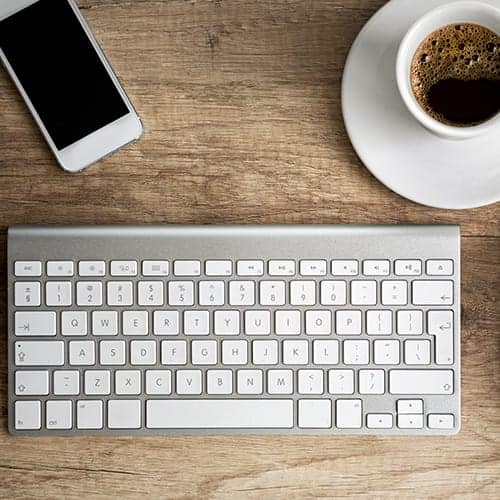Using Mood Boards when designing a brand identity
Okay, I’m not going to lie, I have never really been a massive fan of mood boards. To me, they have always seemed like a waste of time and they don’t really help the design process. This is where my naivety ends. My attitude surrounded mood boards changed when I was tasked to create 4 blogs based on different colour palettes. When I started the blogs, I had no idea what kinds of colour palettes that I wanted to use, so I took to Pinterest. This is when I started to see the benefits of mood boards and why I should start using them more frequently.
What is a mood board?
You may be wondering what a mood board is. A mood board is essentially a collage of images that loosely represent what you want your design to look and feel like. There’s no specific design that you need to follow. If you wanted to you could just copy and paste some images into a word document. Remember, a mood board is just there to give you inspiration.
Why use a mood board
So, why would you want to use a mood board? As you’ve just read, the main use of a mood board is for inspiration. You would be surprised how something as simple as gathering a few Images and colours together can get your creativity flowing. Honestly, give it a try!
Here’s a scenario for you: A client wants you to create a logo and a colour scheme for their Florist business. Create a mood board and just listen to your thoughts and see what you come up with.
Another reason you would want to use a mood board is that you can express your vision in a visual manner. Have you noticed that when you explain your idea to somebody, they don’t fully grasp the concept? Well, a mood board can act as a crutch for you to fall back on, and I don’t mean crutch in a bad way. There is only so much that words can explain, so why exhaust your efforts explaining your vision when you can show your vision.
How to create a mood board
Because the concept of a mood board is so simple, there are so many ways to create them.
For you fully fledged designers, you can create a mood board by creating a new Adobe Illustrator or Adobe Photoshop file and placing all of your images on the canvas. Resize to your liking and add as many images as you would like.
For those of you who want to break into the design industry, you can use something like Microsoft Word or Google Docs to create your mood board.
Utilising your mood board for your brand
If you’re about to start creating your mood board, then you should have a rough idea of what colours you want to use and what kind of vibe you are trying to portray. Now, it is a matter of finding inspiration to bring your idea to life.
My favourite place to find images for my mood boards is www.Pinterest.com. I simply search Pinterest for something that is relevant to my idea EG If I was creating a logo for a florist, I would search for Flowers, Nature, Summer etc. From there I select my favourite pictures and put them into Microsoft Word where I will stare at it until something worthy pops into my head.
Conclusion
Now that you know what a mood board is, what they’re used for and how to create one, you’re now ready to put your skills into practice. If you’re serious enough, try the scenario that I created in the “Why use a mood board” section and upload your mood board to Instagram with the hashtag #BlueWhaleMoodBoard and maybe we’ll show it off on our feed.
Please select a valid form.




